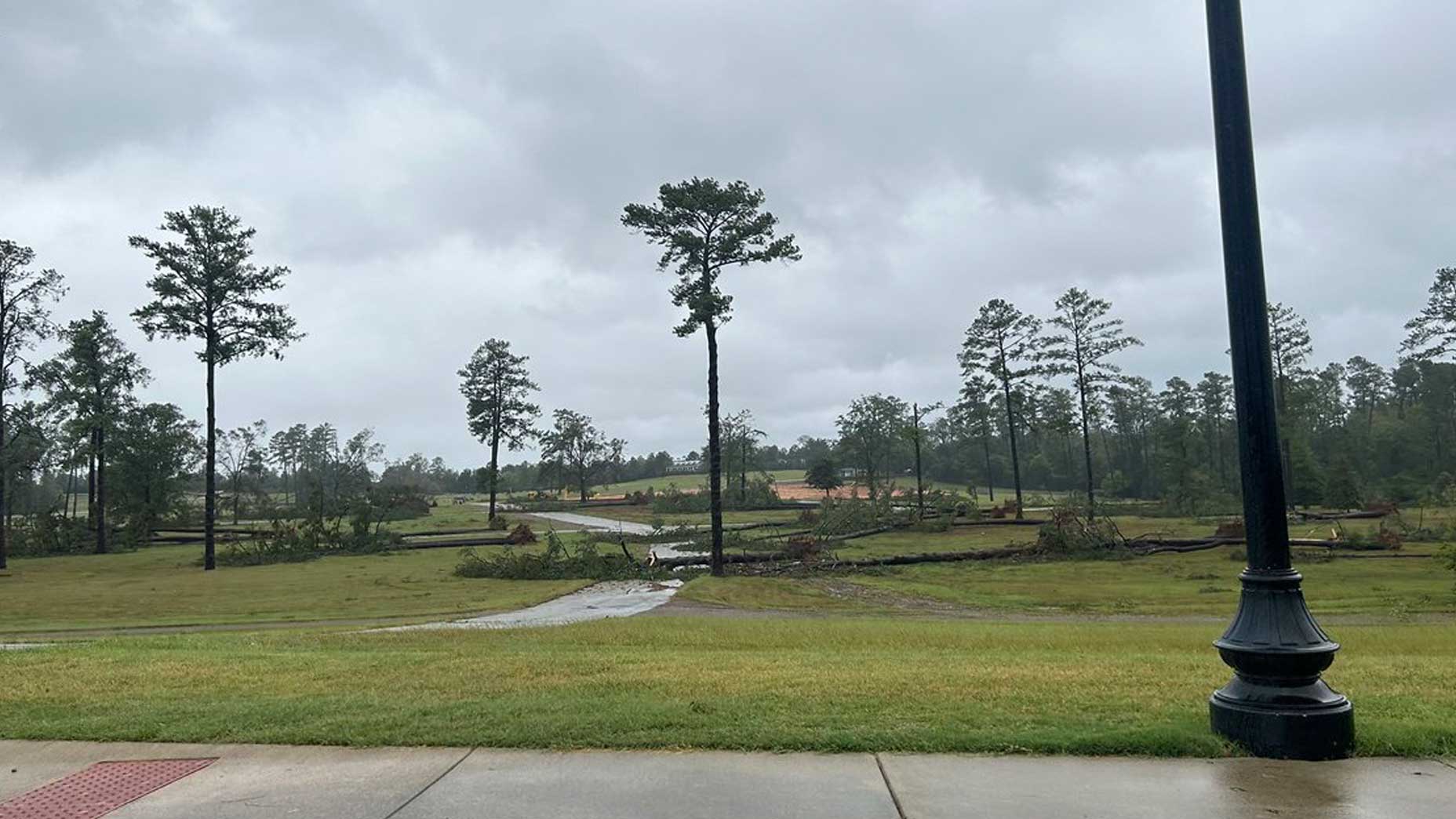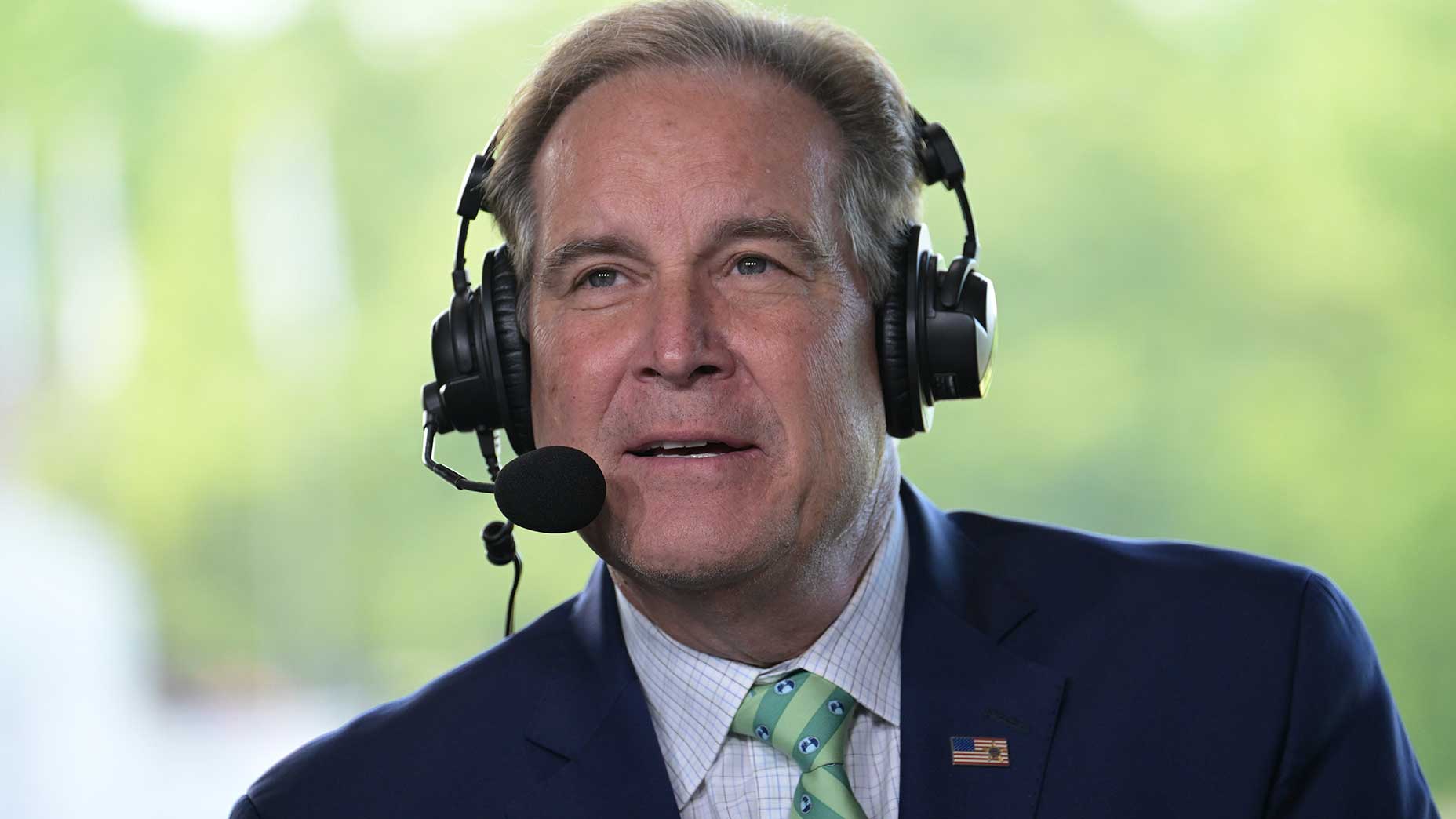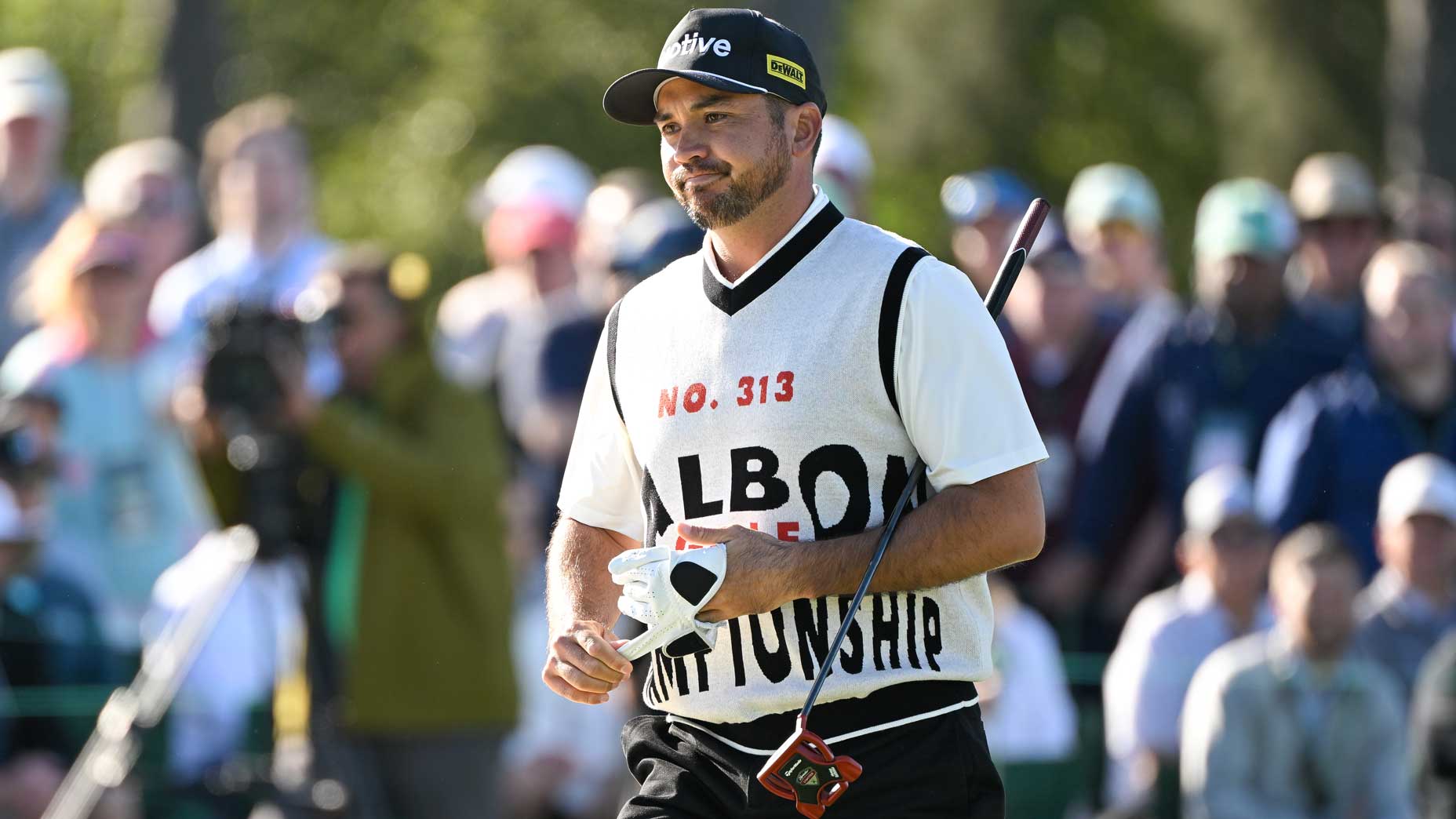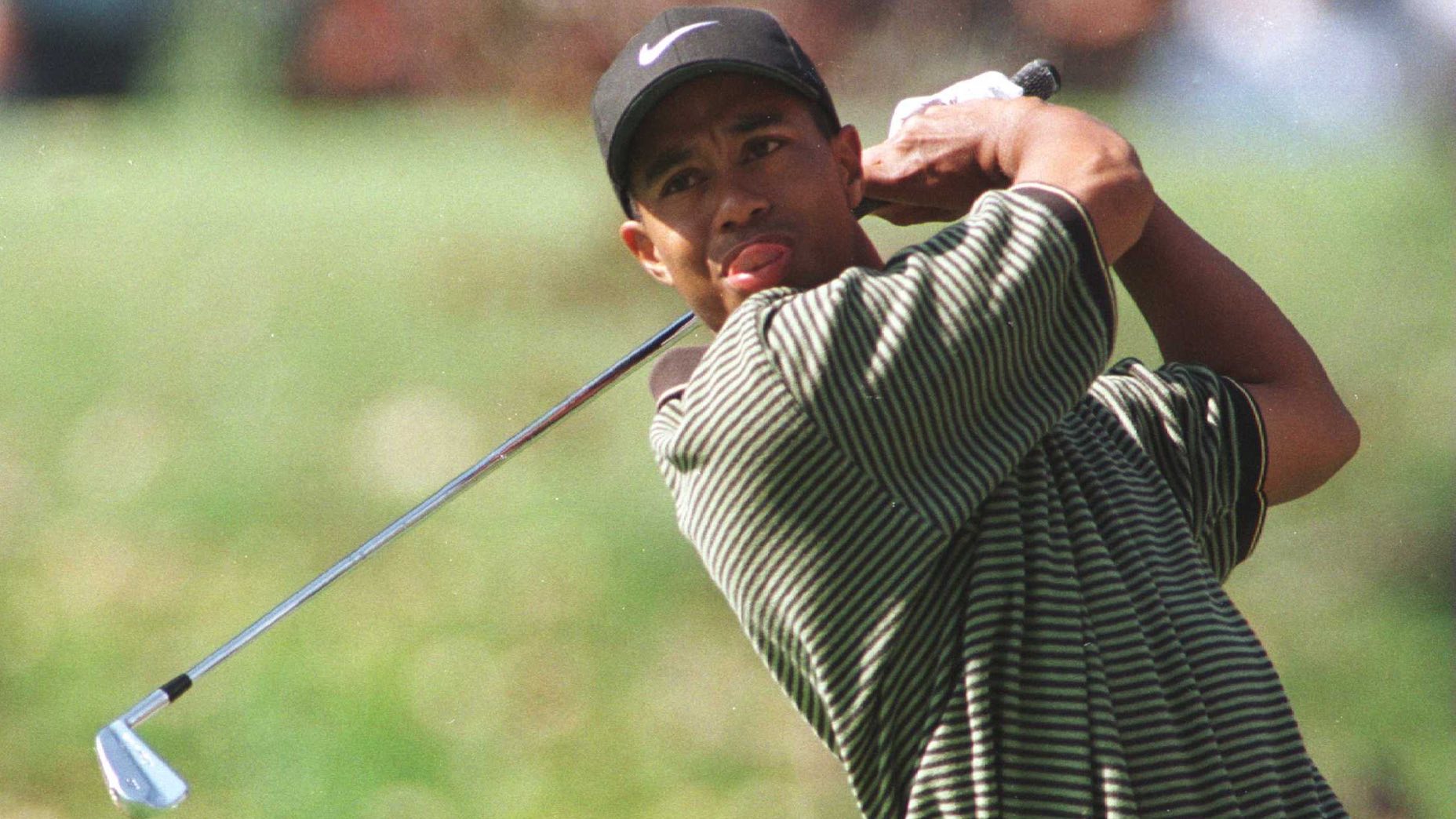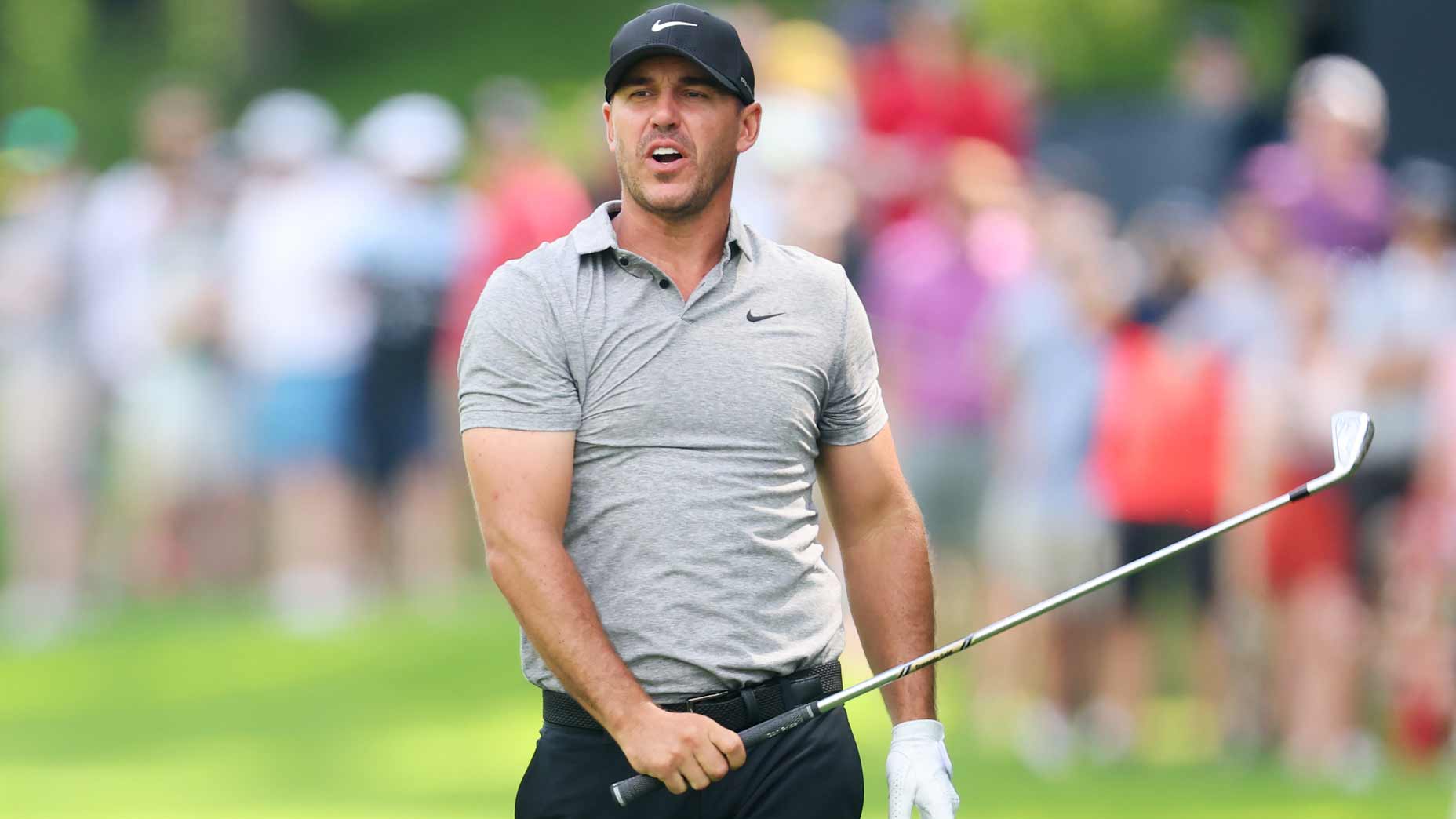Why the Masters is a dangerous week for golf’s falling TV ratings
- Share on Facebook
- Share on Twitter
- Share by Email
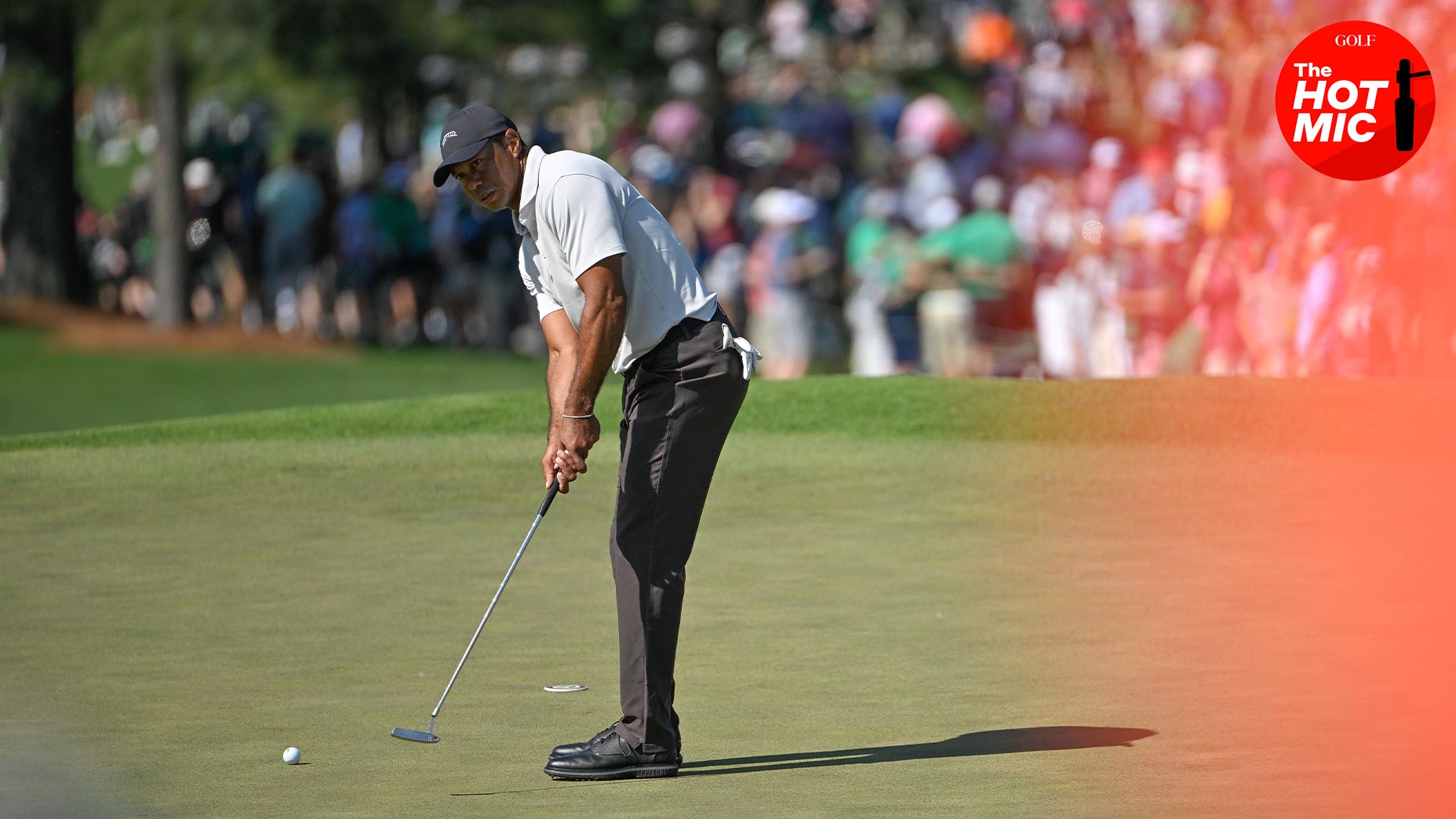
Golf's broadcasters hope Tiger Woods' return to the Masters helps bolster lagging TV ratings.
Getty Images/Ben Jared
AUGUSTA, Ga. — The toll of golf’s Saudi invasion never feels further away than during Masters week.
On Monday, as with every second Monday in April for a long time, a capacity crowd stuffed into the fairways of Augusta National, wearing the same pleasant disposition and reverential excitement that have carried capacity crowds through Augusta National on Mondays forever. They saw the best players in golf, they purchased oodles of Masters-themed merchandise, and they ate enough pimento cheese to feed a small country.
These are not the visuals of a sport in danger, and make no mistake, the Masters is not in danger. Not now and likely not ever. But professional golf might be. And strangely enough, the Masters is our key to understanding if the danger is real or fixable. Which makes this Masters week a very dangerous time for golf TV.
Here’s what we know: Through the first portion of 2024, noticeably fewer people are tuning into the PGA Tour than in years past, as much as 10 or 20 percent in some instances. TV ratings for the Tour’s competitors at LIV — the few that have been reported, anyway — show the rivals haven’t come close to closing the gap. Some pieces of the TV audience that golf has captured in each of the past several years seem to have disappeared, and at a much faster rate than any of the larger trends in sports television watching (like cord-cutting) would consider reasonable. At the Players Championship, a dramatic Sunday shootout between two of the Tour’s biggest stars — Scottie Scheffler and Wyndham Clark — averaged some 700,000 fewer viewers than last year’s blowout Scheffler victory.
Right now, nobody really knows what the falling ratings mean. It’s possible the ratings issue could be existential, a problem of fans who have been disillusioned and disenchanted with the Saudi uprising and have elected to spend their weekend afternoons doing something other than watching golf. It’s possible the issue could be fundamental, a sign the changing PGA Tour structure and LIV fracture has alienated legions of casuals with its never-ending posturing and role-reversing and general nonsense — and those casuals now care only about the majors. It’s possible the issue could be unluckiness, like a lackluster season from the Tour’s biggest non-Scottie Scheffler stars that has resulted in meager leaderboards and underwhelming Sunday finishes. It’s possible the issue could be all three, and another seven or eight reasons on top. The point is that nobody knows.
Take, for example, the words of two of the PGA Tour’s most influential figures, Rory McIlroy and CBS Sports chairman Sean McManus, who were each asked about the state of ratings after an early-season TV slide for the Tour in ’24 — and who each offered very different interpretations of the data.
“I think I know this isn’t a be-all, end-all, but if you look at the TV ratings of the PGA Tour this year, they’re down 20 percent across the board,” McIlroy said last week in Texas. “That’s a fifth, that’s big.”
“To a large extent it depends upon who’s on the leaderboard, and how close the tournament is,” McManus, the outgoing CBS chairman, said during an interview last week. “I haven’t seen any real trends, I think we’re down slightly, but the advertisers seem happy, the sponsors seem happy, so it’s a little early to predict if there’s a trend out there on the ratings.”
To McManus’ last point, it is a little too early to predict if there’s a trend. But it won’t be in about six days.
The Masters is unlike any event in golf, but strangely, that makes it the perfect event for taking the temperature of the sport writ large. Is golf succeeding? Is it failing? Is interest rising or falling? Is the sport growing or shrinking? These are questions that golf answers with the size of its Masters TV audience, in much the same way these are questions the NFL answers with the size of its Super Bowl audience.
Small trends in this data aren’t relevant, but when they appear to confirm a larger trend we’ve been witnessing in the sport, ratings data is worth poking deeper into. Below is an extended sampling from GOLF’s Hot Mic Newsletter on the issue. To receive exclusive golf media updates like this one from me, James Colgan, click the link here or the tab below to subscribe.
Should we be worried about the PGA Tour’s ratings?
THE BIG QUESTION IS …
Has there been a marked decrease in golf fans as a result of the LIV/PGA Tour drama? If such an exodus exists, the second big question is if that’s what’s causing the recent dip in PGA Tour TV ratings. This week, we should get answers to both questions.
IF RATINGS ARE GOOD …
So, between 10.5 and 13.5 million average viewers (which would put this year’s tournament in line with years’ past), we can stop sounding the alarms about the Tour’s viewership dip. The drop might be, as CBS’s McManus said, cyclical. Or maybe there are other reasons for the Tour’s drop in viewership, like the fractured state of pro golf and the fact that the Tour’s best stars (sans Scheffler) haven’t done nearly enough winning.
IF THE RATINGS ARE BAD …
So, anything beneath 10ish million average viewers, we can officially say there is a trend of decreased viewership in pro golf. A number this low would be one of the lowest audiences in Masters history, and it doesn’t take an expert to know that’s bad news for pro golf. That sort of audience size would indicate the Saudi intrigue has worn off, that some core fans have been fatigued by the drama and the watered-down product to the point of not watching, and that those core fans don’t care enough to re-enter the sport even to watch the biggest events.
We’re not expecting this outcome. And there’s always more context to add. But this wouldn’t be good.
AND WHAT IF THE RATINGS ARE IN THE MIDDLE?
So, around 10 million average viewers? Well, I think we can say that we’re still monitoring what it all means. Ten million viewers isn’t enough to say that golf is entering a death spiral as a result of lost fan interest, but it’s not enough to dismiss the idea that fans have been losing interest because of the drama.
In some ways, this might be the best outcome for the PGA Tour, which can take the data to the negotiating table to show that fans still desire to watch a unified and highly competitive golf league, and that the LIV fracture is hurting both sides’ efforts in making money.
ALTERNATE EXPLANATIONS
There’s a chance, of course, that the PGA Tour’s plummeting ratings are caused by fans rejecting the Signature Event format, which has struggled in year two. The Tour could have confused its fanbase with the new structure, and the lackluster star power of the Tour’s winners could be amplifying that issue. Those changes could have alienated fans from watching the day-to-day but left their major championship appetites unaffected.
One theory we know isn’t true: LIV isn’t stealing fans from the Tour. There’s just no data to back it up.
THE GOOD NEWS?
Tiger’s expected to be back, which should at least be good news for ESPN’s early-round ratings, which struggled with bad weather in ‘23. Oh yeah, and this too:
“I do know the Masters will be the highest-rated golf tournament of the year, because it is every single year,” McManus said with a smile.

Latest In News

James Colgan
Golf.com Editor
James Colgan is a news and features editor at GOLF, writing stories for the website and magazine. He manages the Hot Mic, GOLF’s media vertical, and utilizes his on-camera experience across the brand’s platforms. Prior to joining GOLF, James graduated from Syracuse University, during which time he was a caddie scholarship recipient (and astute looper) on Long Island, where he is from. He can be reached at james.colgan@golf.com.



